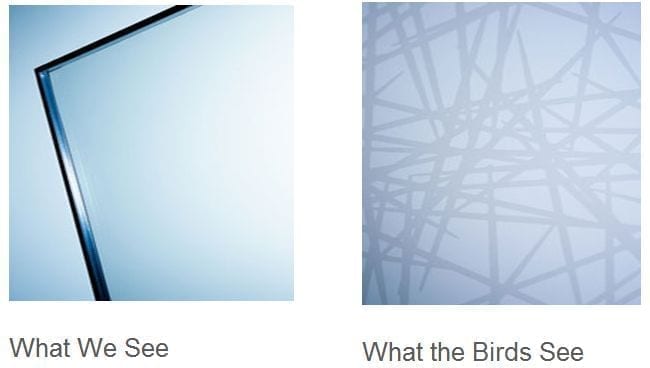
- Image via Wikipedia
Reader Murdoch points us to one of Wired’s regular “this day in tech” history pieces about how Louis Daguerre revealed all of the “secrets” to making daguerrotypes, which was the basis for photography, in 1839. Rather than a “patent” to lock up the offering, the French government gave Daguerre and his partner, Isidore Niepce, pensions in exchange for freeing the knowledge — with each receiving the equivalent today of $30,000 per year — a decent, but hardly huge sum. And with all that information public, suddenly everyone started innovating on the idea and trying to improve it, leading to modern photography.
Also, as you read the details, you could see how it could have even made sense for Daguerre to have freed up the idea anyway, without the government pension:
With a flurry of advance publicity, Daguerre and Arago made the technical details public on Aug. 19. They also described Niepce’s earlier processes, heliography and the physautotype, but presented the daguerreotype alone as having a future.
And what a future! Within days, opticians and chemists in Paris sold out of the supplies needed to make cameras and plates. Improvements to the process followed within weeks. Daguerre’s instruction manual was translated into a dozen languages within months.
No one wanted to have a portrait painted; everyone wanted a daguerreotype. Studios opened all over Paris. “Daguerreotypomania” spread from Paris to the rest of France, then across the continent, across the channel to England and across the Atlantic to America.










